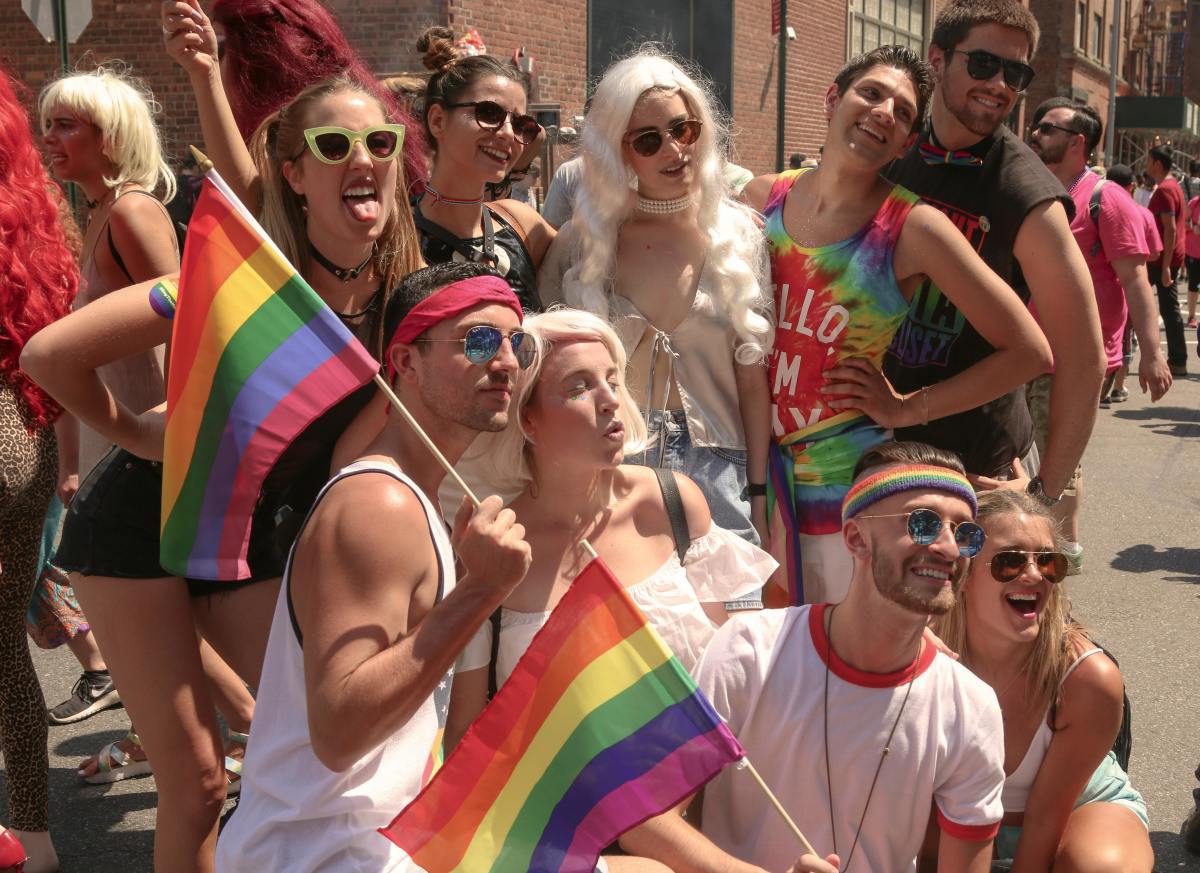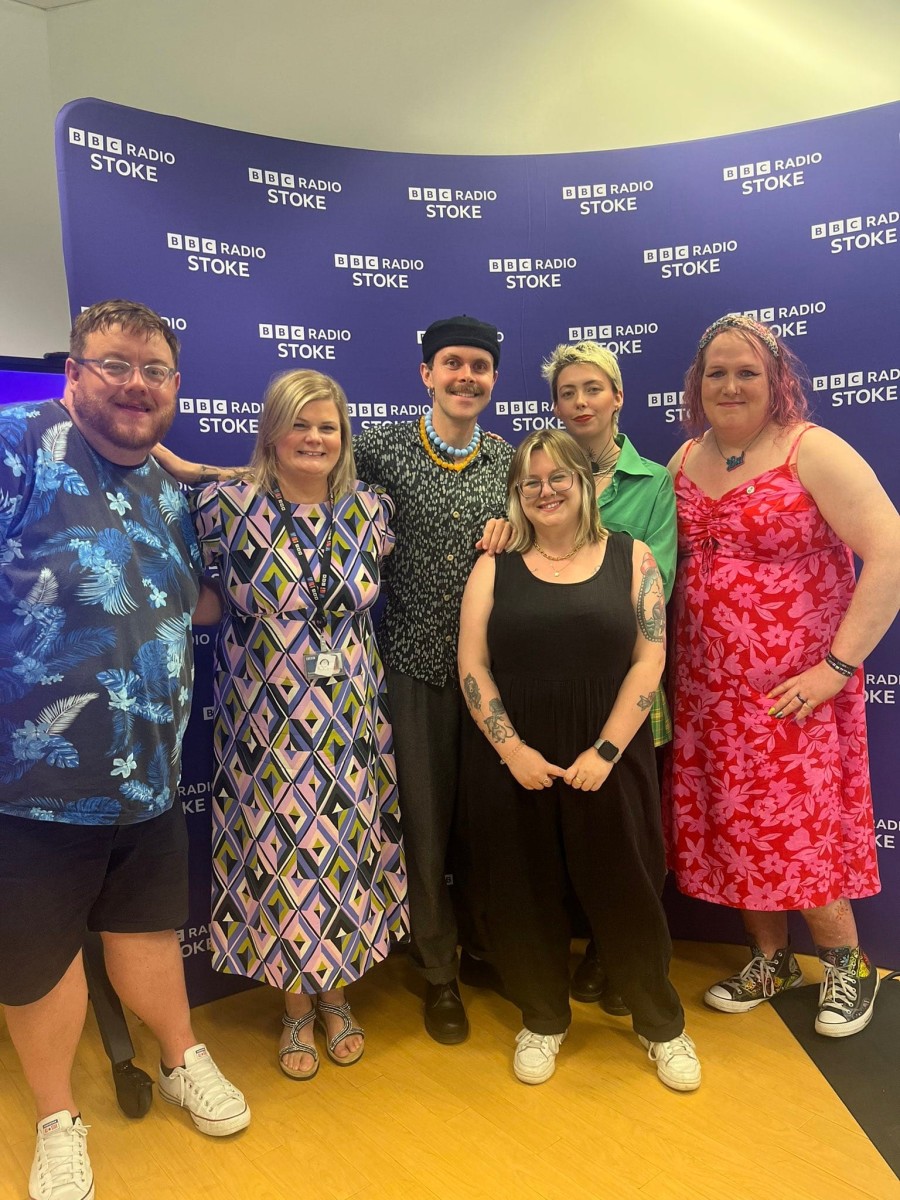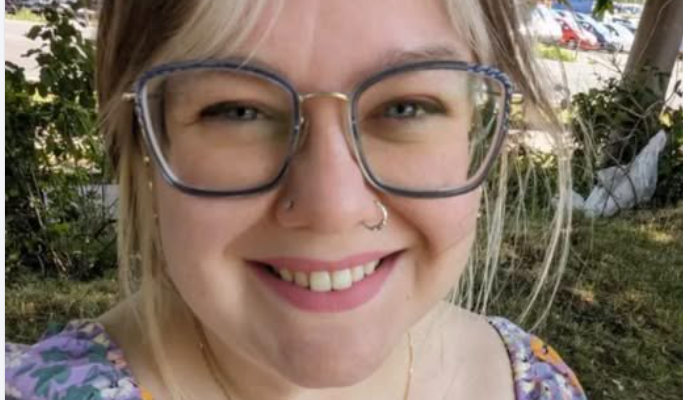Understanding Abrosexuality: The Fluid Spectrum of Attraction
In recent years, the concept of abrosexuality has gained visibility, particularly on social media platforms like TikTok and Reddit. As more people become comfortable exploring and expressing the nuances of their sexual identities, abrosexuality has emerged as an important term in the LGBTQ+ spectrum. But what does it mean to be abrosexual, and why is this identity so significant?
What Is Abrosexuality?
Abrosexuality refers to a fluid sexual orientation where a person’s romantic or sexual attraction can change over time. These shifts can occur over long or short periods—days, weeks, months, or even within hours. For someone who identifies as abrosexual, this fluctuation is not about confusion or indecision, but rather a genuine, ongoing experience of changing attractions.
The term “abrosexual” is derived from the Greek word “abro,” which means “delicate” or “graceful.” This origin reflects the fluid and evolving nature of the identity. While some people experience consistent attraction throughout their lives, abrosexual individuals embrace the fact that their orientation does not stay fixed. Instead, it flows and changes—sometimes subtly, sometimes drastically.
Healthline explains that abrosexuality goes beyond simply changing labels. It involves a real transformation in how attraction is experienced, highlighting the complexity and flexibility of human sexuality. Medical News Today supports this view, noting that these shifts are part of the natural variation in sexual identity.

How Is Abrosexuality Different From Other Identities?
Because of its fluid nature, abrosexuality is sometimes confused with other identities like bisexuality, pansexuality, or queer. However, there’s a key difference. While those identities typically refer to a consistent range of attraction (e.g., being attracted to multiple genders), abrosexuality describes a pattern in which the type of attraction itself changes over time.
For example, someone who is abrosexual might feel lesbian one week, bisexual the next, and then experience periods of asexuality or attraction to different genders entirely. These changes are part of the person’s identity rather than a reflection of experimentation or uncertainty.
Personal Journeys and Self-Discovery
For many people, understanding that they are abrosexual can be a long and sometimes confusing process. British writer Emma Flint shared her story in a powerful article for Metro, where she described feeling like she was constantly shifting between different sexual orientations without fully understanding why.
“One day I felt like I was a lesbian, yet days or weeks later, I’d feel more aligned with bisexuality. My sexuality was fluid,” she wrote.
Emma explained that before discovering the term “abrosexual,” she often felt like a fraud when trying to explain her orientation to friends or family. It wasn’t until the age of 30 that she finally found a label that fit her experience.
“I had long struggled to pinpoint my sexuality because it seemed to change so rapidly. At times, I would chastise myself for being unsure, but it wasn’t indecisiveness; it was my identity evolving.”
Her story is echoed by countless others online who have shared similar feelings of confusion and eventual clarity after learning about abrosexuality. On TikTok, for example, user @zoebriskey shared a video explaining the term, emphasizing that it’s not the same as being pansexual, although an abrosexual person might identify that way during certain phases of their life.

Community and Representation
Abrosexuality is still a lesser-known identity, but awareness is growing. On Reddit, users have created spaces to discuss their experiences and support others navigating similar journeys. One user described how they switch between being attracted to men and women at different times, while others noted fluctuations that include periods of asexuality or shifting romantic orientations.
Representation has begun to trickle into pop culture as well. In 2021, Michelle Visage, a judge on RuPaul’s Drag Race, shared the abrosexual pride flag on her Instagram account, bringing further visibility to the identity. The abrosexual flag includes five colors:
-
Dark Green
-
Light Green
-
White
-
Light Pink
-
Dark Pink
It was originally created in 2013 on Tumblr by an unknown designer and represents the gentle and graceful evolution of identity that defines abrosexuality.

Why Abrosexual Visibility Matters
Understanding abrosexuality challenges the notion that sexual identity must be fixed or consistent. For many people, their attractions shift in ways that don’t neatly fit into traditional labels. The growing recognition of identities like abrosexuality allows for more inclusive conversations around sexuality and helps validate the experiences of those who may have felt isolated or misunderstood.
As more people share their stories, it becomes clear that sexuality—like gender—is not always static. It can be fluid, changeable, and deeply personal. Abrosexuality is just one of many ways people experience their attraction, and recognizing it contributes to a more inclusive and accepting world.




